Universal TPMS Sensors
Universal TPMS sensors are designed to replace the original equipment (OE) sensors for the automotive aftermarket. There are different types of universal sensors and Bartec tools are designed to work with all major types. The two major types are ‘programmable’ and ‘configurable’.
Programmable sensors such as the Rite-Sensor® (Bartec) EZ-sensor® (Schrader) and the Sens.it™ (Alligator) are programmed by a Bartec tool, such as the TECH600. Where a broken sensor is to be replaced, the TPMS tool would clone the ID and communication protocol of that sensor onto the programmable sensor, so that the car sees no difference when the new sensor is fitted. This is the key to turning out the TPMS warning light on the dashboard.
Configurable TPMS Sensors such as the Huf IntelliSens, however, have protocols and parameters already stored in the sensor which only need to be activated by the Bartec tool to make the sensor compatible with the vehicle.
Major benefits of both types of sensor:
- Reduction in the number of parts stocked and associated costs
- Lower the risk of fitting the wrong part
- Simplification and speed of the process
- Avoid lost sales from not having the right part
- Sensors can be programmed either before or after the wheels are mounted to the vehicle
Types of Universal TPMS Sensor
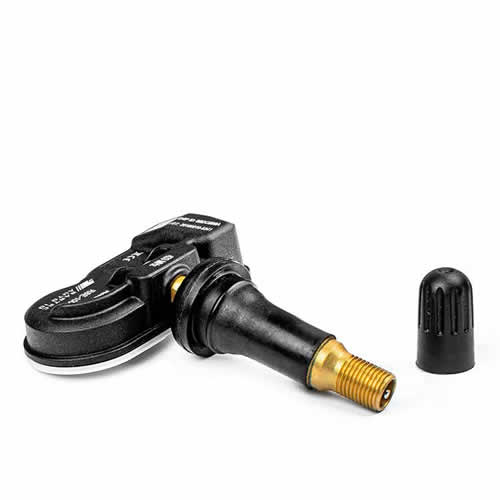

Rite-Sensor® from Bartec is a fully configurable and programmable universal sensor. Complete with an aluminium Clamp-in and black Snap-on valve stems, and work with all Bartec TPMS tools. Designed to replace faulty sensors, without the extra costs of having to buy expensive OE sensors. Ability to cover a high percentage of vehicles with Direct TPMS systems.
Key Factors
Which Bartec tools can program and test the Rite-Sensor®?
- Easy use with Bartec TPMS Tools: TECH600, TECH450 & TECH350
Can the sensor be programmed in a wheel?
- Rite-Sensor® needs to be programmed BEFORE use. It must be programmed for the specific vehicle before installing.
How many Rite-Sensor® products do I need to stock?
- One price for universal sensor enables fitter to have one price for fitting.
Can I save time using Rite-Sensor®?
- Save time and reduce complexity of TPMS one-stop-shop service.
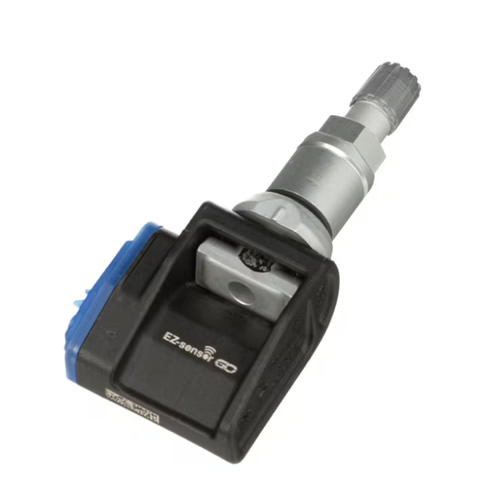

EZ-sensor® must be programmed prior to installation and relearned to the vehicle. A Programming Tool compatible with EZ-sensor is required. For maximum coverage, ensure your TPMS tool is updated to the latest software available.
Key Factors
Which Bartec tools can program and test the EZ-sensor®?
- TECH600, TECH450 & TECH350 TPMS Tools
Can the sensor be programmed in a wheel?
- Yes. This is important at Winter Tyre season and during peak periods of activity when throughput and process time are vital to keep the customers happy.
How many EZ-sensor® products do I need to stock?
- EZ-Sensor® is available in two different frequencies and both can be fitted either with the rubber snap-in or clamp-in valve stems.
Can I save time using EZ-sensor®?
- Using the original sensor ID and the same wheel position avoids the need to perform the vehicle specific relearn procedures.
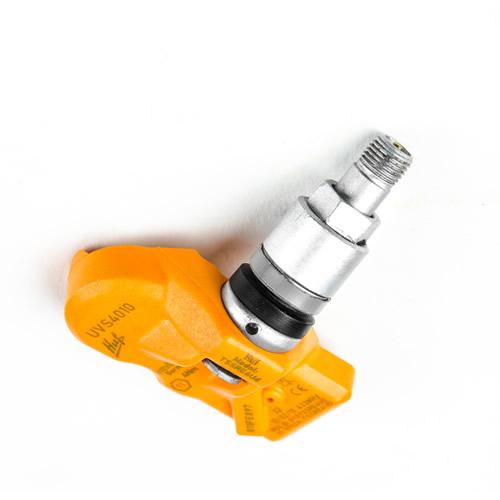
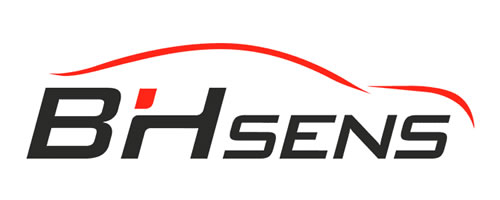
The BH SENS (Huf IntelliSens™) universal sensor is pre-programmed with the protocols of numerous tire pressure sensors belonging to different models of automobile. When you fit it, you use a diagnostic device to configure it in seconds. This allows vehicles to pass more quickly through your workshop and saves your customers long waits.
Key Factors
Which Bartec tools can program and test the IntelliSens™ sensor?
- TECH600, TECH450 & TECH350 TPMS Tools
Can the sensor be programmed in a wheel?
- Yes, but only if the tyre pressure is lower than 1 bar.
How many IntelliSens™ products do I need to stock?
- There are two different types available at the moment.
Can I save time using IntelliSens™?
- Using the original sensor ID and the same wheel position avoids the need to perform the vehicle specific relearn procedures.
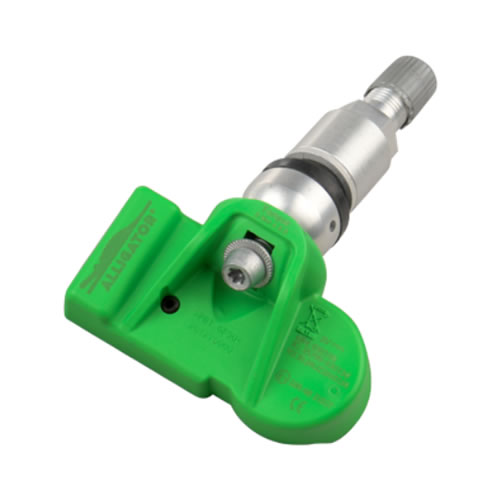

Sens.it™ a fully configurable replacement sensor from Alligator. Requires a TPMS tool to set the protocol ID based on Make, Model and Year selection.
Key Factors
Which Bartec tools can configure and test the Sens.it™ sensor?
- TECH600, TECH450 & TECH350 TPMS Tools
Can the sensor be programmed in a wheel?
- Yes. This is important at winter tyre season and during peak periods of activity when throughput and process time are vital to keep the customers happy.
How many Sens.it™ do I need in stock?
- Three different kinds. 315 MHz sensors have both rubber snap-in and clamp-in valve stems. The 434MHz version is only available with a clamp-in valve.
Can I save time using IntelliSens™?
- Using the original sensor ID and the same wheel position avoids the need to perform the vehicle specific relearn procedures.
Are different valve colours available?
- The valve is available in an anodized silver, titanium grey and black, in addition to a chrome surface finish for custom wheels.
| Type | How They Work | Tool Required to Diagnose Fault on Vehicle | Tool Required to Create | Tool Required to Re-learn | Examples | Works With Bartec Tools |
|---|---|---|---|---|---|---|
| Universal Sensors | Sensor ID and Protocol are programmed into sensor via LF (sensor can be already mounted) | YES | YES | YES - if new ID | EZ-sensor® Sens.it™ |
YES |
| Multiple sensor protocols and ID formats already present in sensor | YES | NO | YES - if new ID | IntelliSens™ | YES |